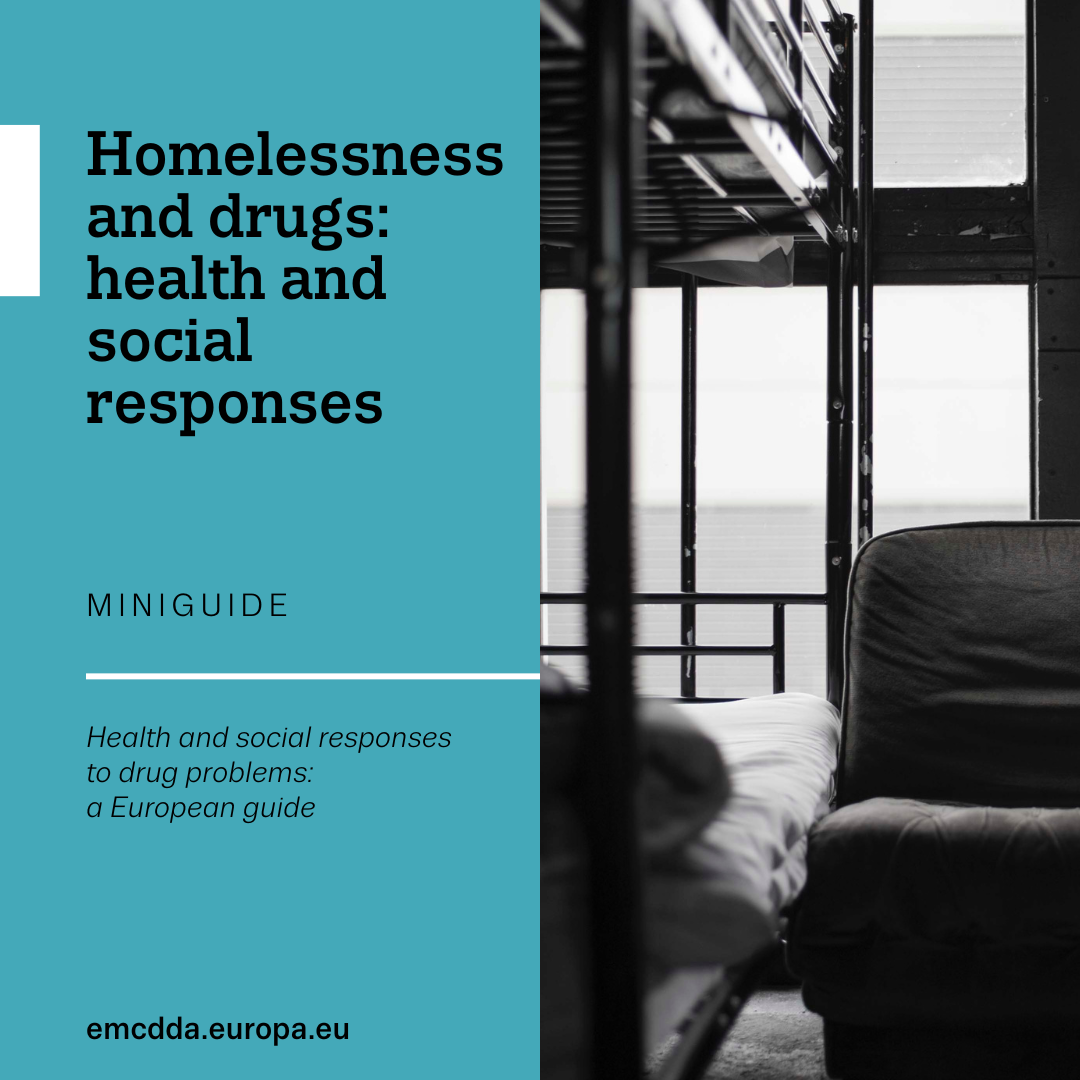Responding to drug problems in families and among those experiencing homelessness is the focus of two new EMCDDA miniguides released today. The resources are the first of five volumes dedicated to people with vulnerability and form part of the agency’s Health and social responses to drug problems: a European guide.
Drawing on a fresh global review of the evidence, and insights from 29 countries (27 EU, Türkiye and Norway), EMCDDA miniguides examine some of the key public health challenges in the drugs field today. They offer timely and practical advice to practitioners and policymakers for designing, targeting and implementing effective responses. Each guide provides an overview of the topic at hand, reviews the availability and effectiveness of responses and considers implications for policy and practice.
Families of people who use drugs: health and social responses — highlights
The first of today’s miniguides focuses on the families of people who use drugs, including children and adult family members.
- Family members of people who use drugs may experience a wide range of harms and can require support services to help them address these. Appropriate responses can include primary health care provision to alleviate the anxiety and stress they experience, peer support, bereavement care and support for kin carers.
- Children whose parents or whose primary carers use drugs problematically can be particularly vulnerable, but many children who live with a parent who uses drugs do not experience any harm. Building and supporting children’s resilience is important, alongside identifying and addressing their specific problems at different developmental stages. The issue of helping children affected by parental substance use is recognised in the drug strategies of most EU countries; although national approaches vary.
- Family members can provide valuable support to a relative who uses drugs, motivating them to engage with drug treatment. The needs of family members and their potential contribution to the effectiveness of drug treatment should be recognised in drug policy and practice guidelines.
- Information on the scale, extent and nature of the interventions available for family members is limited, and research and monitoring in this area need to be improved.
Homelessness and drugs: health and social responses — highlights
This miniguide focuses on drug use among people who experience homelessness and who are living under conditions where they face a range of social, mental and physical health risks.
- Homelessness is considered to be an intense form of social exclusion, which negatively affects physical and mental health, quality of life, access to employment and other economic, social and health services. Prior to the COVID-19 pandemic, an estimated 700 000 people faced homelessness across Europe.
- At EU level, the European Parliament has called for an end to homelessness by 2030, in line with the UN Sustainable Development Goals. Many EU Member States include people who experience homelessness in their national drug policy action plans. Some countries include dedicated service provision for this group in their national frameworks, while others respond via mainstream social, health and addiction services.
- High-risk drug use among people who experience homelessness is particularly concentrated among the long-term and recurrently homeless. Serious mental illness and psychiatric disorders are also common in these groups. The general lack of services targeted at people who experience homelessness and who use drugs means that many in this group utilise other low-threshold services (e.g. drug consumption rooms) that may provide food, showers and links to shelters.
- The provision of stable housing, harm reduction services (e.g. needle exchange programmes, mobile clinics) and integrated strategies (networks of interlinked support) are considered key elements in effective drug services for people experiencing homelessness. With improved living conditions, care coordination and with continuity of care, responses can shift to treatable conditions, such as HIV and hepatitis C virus infection, substance use disorder, mental illness and tuberculosis.
- In Europe, no standard set of responses has been implemented for people who experience homelessness and use drugs. Data on the extent and nature of service provision for this vulnerable population are limited and more studies are needed to understand the barriers to service entry.

|

|


















